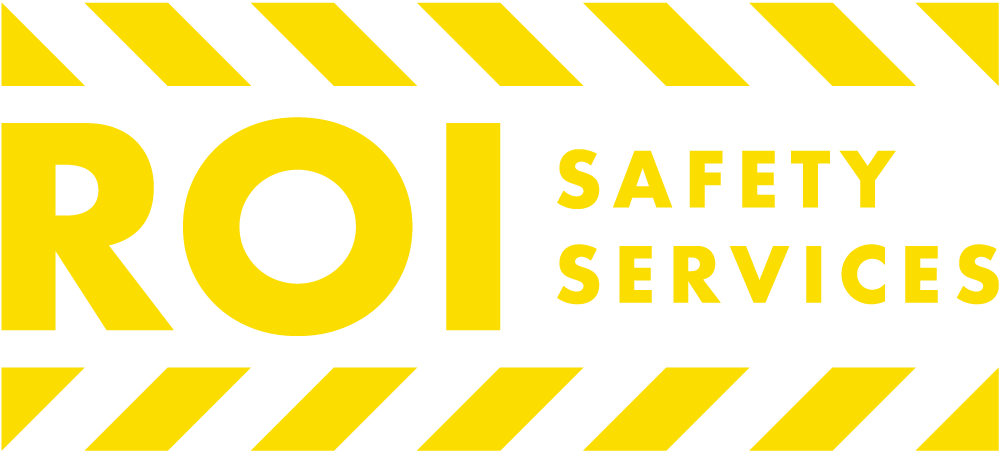Fire safety training plays a crucial role in ensuring the well-being of employees and the protection of property. Many businesses wonder if this training is legally required, and the answer varies depending on the region and industry. Understanding the mandatory aspects of fire safety training can help organizations stay compliant and prepared for emergencies.
Compliance with fire safety regulations not only fulfills legal obligations but also fosters a safer work environment. Companies that prioritize fire safety training demonstrate their commitment to employee safety and effective risk management. This article explores whether fire safety training is mandatory, the factors influencing these requirements, and the benefits of implementing comprehensive fire safety programs.

Legal Requirements for Fire Safety Training
Compliance with fire safety training regulations ensures workplace safety and legal adherence. Understanding federal, state, and local mandates is essential for businesses.
Federal Regulations
The Occupational Safety and Health Administration (OSHA) mandates fire safety training under the Occupational Safety and Health Act. Employers must provide:
- Annual training on fire prevention and protection.
- Evacuation procedures tailored to workplace-specific hazards.
- Use of firefighting equipment, including fire extinguishers and alarm systems.
Additionally, the National Fire Protection Association (NFPA) 1600 standard outlines best practices for fire safety programs, emphasizing risk assessment and continuous improvement. Compliance with these federal regulations minimizes legal risks and enhances employee safety.
State and Local Laws
California requires employers to follow the California Code of Regulations, Title 8, which includes:
- Initial and ongoing fire safety training for all employees.
- Regular fire drills to ensure preparedness.
- Installation and maintenance of fire suppression systems.
Other states may have varying requirements, such as different training frequencies or additional certification standards. Local jurisdictions might enforce stricter regulations based on regional hazards. ROI Safety Services provides tailored training programs that meet California standards and adapt to statewide and local regulations, ensuring comprehensive compliance for all clients.
Who Must Receive Fire Safety Training
Fire safety training is essential for maintaining a safe workplace and ensuring compliance with legal standards.
Employers’ Responsibilities
Employers must provide comprehensive fire safety training to all employees to adhere to OSHA regulations. They conduct annual training sessions that include fire prevention strategies, evacuation procedures, and the operation of firefighting equipment. Employers maintain up-to-date fire suppression systems and schedule regular fire drills to test emergency readiness. Additionally, they assess workplace risks and continuously improve fire safety programs. ROI Safety Services delivers tailored, on-site OSHA-compliant training across California and other states, ensuring employers meet all regulatory requirements.
Employees’ Obligations
Employees must participate actively in fire safety training to effectively respond during emergencies. They learn evacuation routes, proper use of firefighting tools, and fire prevention techniques. Employees follow established safety protocols and promptly report potential fire hazards to maintain a secure work environment. Understanding their roles in fire safety enhances overall workplace protection and compliance with safety standards.
Benefits of Mandatory Fire Safety Training
Mandatory fire safety training provides critical advantages for organizations, ensuring safety and compliance across workplaces.
Enhancing Workplace Safety
Comprehensive fire safety training minimizes fire-related hazards by educating employees on prevention and response. Employees learn to identify potential fire risks, understand evacuation routes, and operate firefighting equipment effectively. For instance, trained staff can swiftly extinguish small fires, reducing the spread and potential damage. According to OSHA, workplaces with regular fire training experience a 50% decrease in fire-related incidents. ROI Safety Services offers tailored on-site training programs that address specific workplace environments, enhancing overall safety and emergency preparedness.
Reducing Liability and Compliance Risks
Adhering to mandatory fire safety training reduces liability and ensures compliance with federal and state regulations. Organizations that comply with OSHA standards and NFPA 1600 mitigate the risk of legal actions and financial penalties. Proper documentation of training sessions provides evidence of compliance during inspections. Additionally, maintaining up-to-date fire safety practices lowers the likelihood of accidents, which can result in costly lawsuits. ROI Safety Services helps businesses stay compliant by delivering state-specific training, preventing regulatory breaches, and safeguarding against potential liabilities.
Implementing Effective Fire Safety Training
Effective fire safety training ensures employee preparedness and compliance with regulations. Implementing robust programs minimizes fire risks and enhances workplace safety.
Developing Comprehensive Training Programs
Creating comprehensive fire safety training involves several key components:
- Curriculum Design: Include fire prevention, evacuation procedures, and use of firefighting equipment.
- Customization: Tailor programs to specific industries and workplace environments.
- Qualified Instructors: Utilize certified trainers from ROI Safety Services to deliver expert instruction.
- Interactive Materials: Incorporate hands-on activities and real-life scenarios for better engagement.
- Regular Updates: Revise training content annually to reflect changes in regulations and best practices.
ROI Safety Services offers customized training programs that meet OSHA and NFPA standards, ensuring businesses across California and statewide receive high-quality instruction tailored to their unique needs.
Conducting Regular Drills and Assessments
Regular drills and assessments are crucial for maintaining fire safety readiness:
- Scheduled Drills: Conduct fire evacuation drills at least twice a year to reinforce procedures.
- Performance Evaluation: Assess employee response times and adherence to evacuation routes.
- Risk Assessments: Identify and mitigate potential fire hazards through routine inspections.
- Feedback Mechanism: Gather employee feedback to improve training effectiveness and address gaps.
- Compliance Audits: Ensure ongoing adherence to fire safety regulations through periodic reviews.
ROI Safety Services provides on-site fire drills and comprehensive assessments, helping organizations maintain compliance and continuously improve their fire safety strategies.
Fire Safety Training Statistics
| Statistic | Description |
|---|---|
| 50% | Reduction in fire-related incidents with regular training |
| 75% | Employers meeting OSHA standards through comprehensive training |
| 90% | Employee confidence in evacuation procedures after drills |
These statistics highlight the significant impact of effective fire safety training on workplace safety and regulatory compliance.
Conclusion
Fire safety training is essential for protecting employees and organizations It’s more than fulfilling legal requirements It creates a secure work environment Regular training and drills prepare everyone to respond effectively in emergencies Partnering with experts like ROI Safety Services ensures compliance with various regulations Investing in fire safety training safeguards lives and assets while enhancing overall workplace safety

